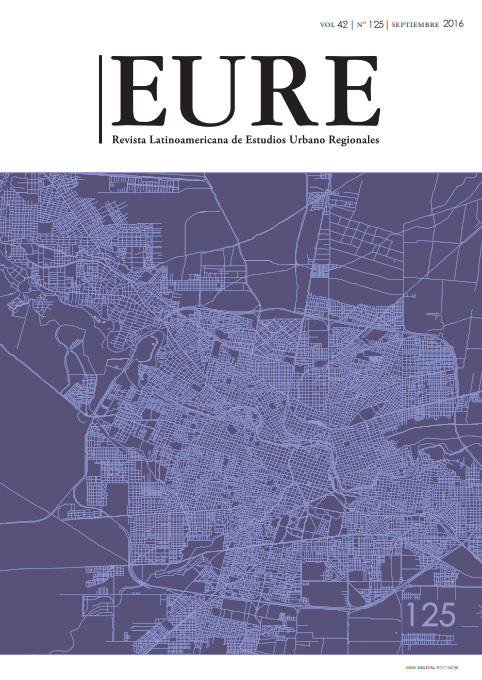
Year of publication: 2016
Publication / Magazine title: Revista EURE – Revista de Estudios Urbano Regionales, vol. 42 (Nº 125)
Type of publication: Article
Article author/s: Pablo M. Millán Millán
Publication author/s: Pontificia Universidad Católica de Chile
Editorial: Pontificia Universidad Católica de Chile
Language/s: Spanish
ISSN: 0250-7161
The issue of workers’ rooms was an issue that generally affected large cities, especially at the end of the 19th century. Chile was one of the forerunners in addressing this problem, with the formulation of a new ad hoc legislative apparatus. The Workers’ Housing Law of 1906 faced this situation by trying to propose solutions to a conflict that was becoming more and more pressing – that of the housing needs of the growing working masses – however, its impact on society was not homogeneous. In the case of Valparaíso, the unique geographic location of the city, its limited possibilities for spatial development and the context of social and material precariousness of its population, constituted obstacles to achieving the expected results of said law. This article analyzes its impacts on some urban and territorial aspects of the city of Buenos Aires, which ended up configuring a hybrid and exclusive urban model that has survived to this day.
